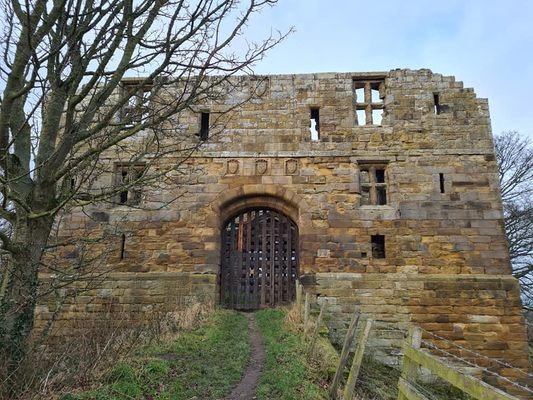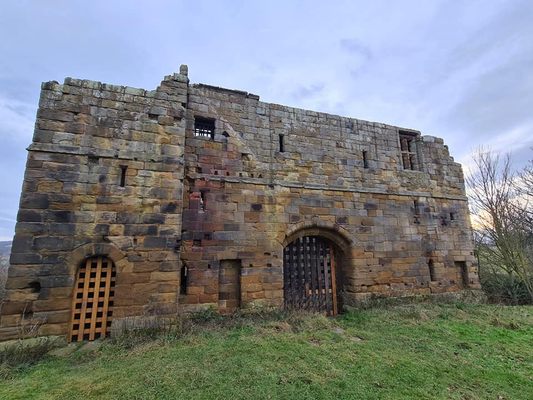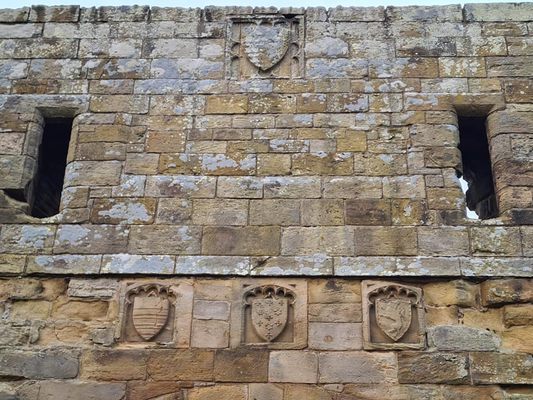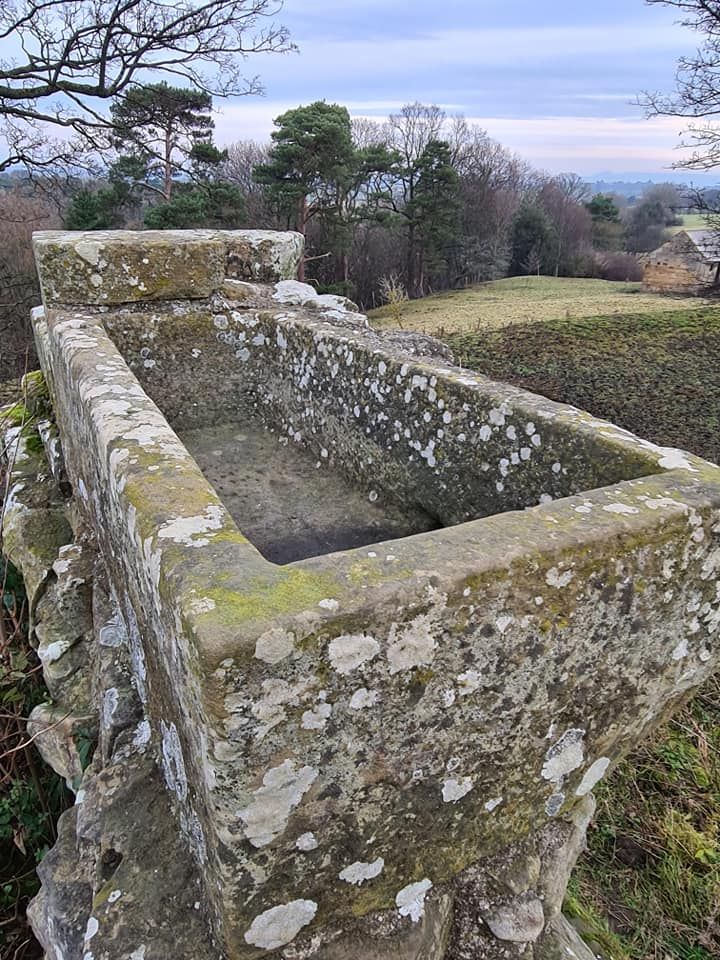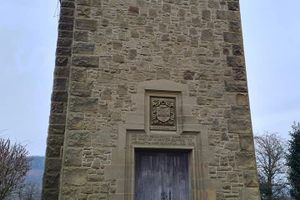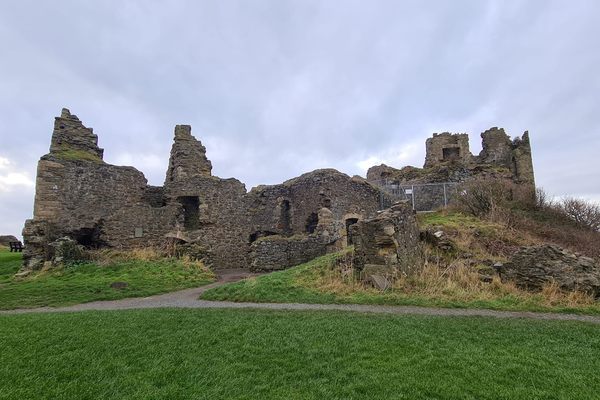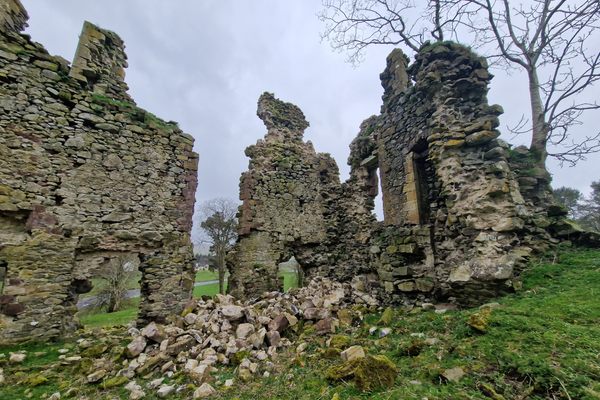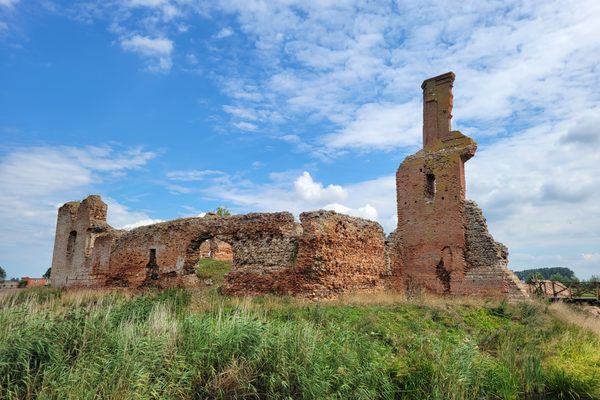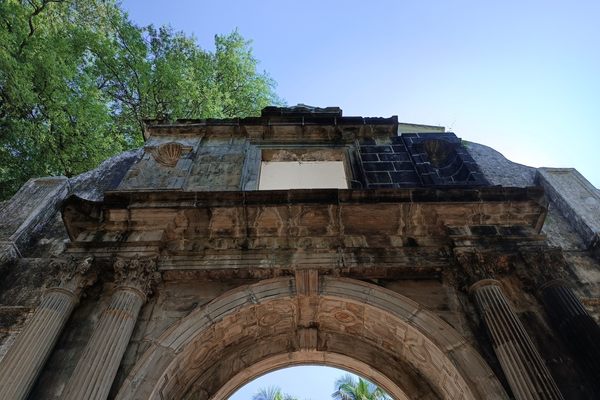About
During the time of the Doomsday Book, Whorlton belonged to the half-brother of William the Conqueror, Robert, Count of Mortain. It was then passed onto the Meynell family, who were responsible for the construction of the castle. An earth and timber, moat, and bailey castle were constructed on the site at some point in the 12th century, and it's easy to see why this site was picked for development.
Perched upon a small hill, providing views out across the Tees Valley, the location was an ideal spot for keeping the Saxons in check, as it also overlooked an important road on the western edge of the North Yorkshire Moors.
The moat and bailey castle was unusual because it remained in use throughout the Middle Ages and into the early modern period, but by 1343, the moat and bailey castle had become a ruin. Then Lord Darcy of Knayth had it rebuilt, carrying out substantial changes including adding a tower house and the gatehouse which can still be seen today. Whorlton Castle remained in the hands of the Darcy family until 1418, when Philip Darcy, the 6th Baron Darcy de Knayth passed away leaving the castle to his daughter who married Sir James Strangeways.
After a dispute between Strangeways heirs and the Dacres of Greystock in 1541, the castle became a possession of the Crown. King Henry VIII then granted the estate to the 4th Earl of Lennox. This gives the castle a tenuous link to Mary Queen of Scots, as the Countess of Lennox is said to have written to the Scottish Queen to offer her eldest son, Lord Darnley, as a suitable suitor from the castle. Local legend has it that the marriage contract was signed at Whorlton Castle, however, this is not true, the contract was actually signed at Stirling Castle.
The castle at some point returned to the Crown but eventually fell into a ruinous state. By the early 17th century, a house was built on the grounds of the castle, which remained in use for over 100 years until the site became the property of the Bruce family before it was robbed of building materials.
The gatehouse is now Grade 1 listed. The remaining 12th-century castle storerooms and cellars are all that remain and are currently privately owned—purchased by the 1st Viscount Ingleby as part of his shooting estate in the mid-20th-century.
Related Tags
Know Before You Go
There is a small pull-in area, large enough to fit one car in front of the castle gatehouse.
Community Contributors
Added By
Published
July 28, 2022
